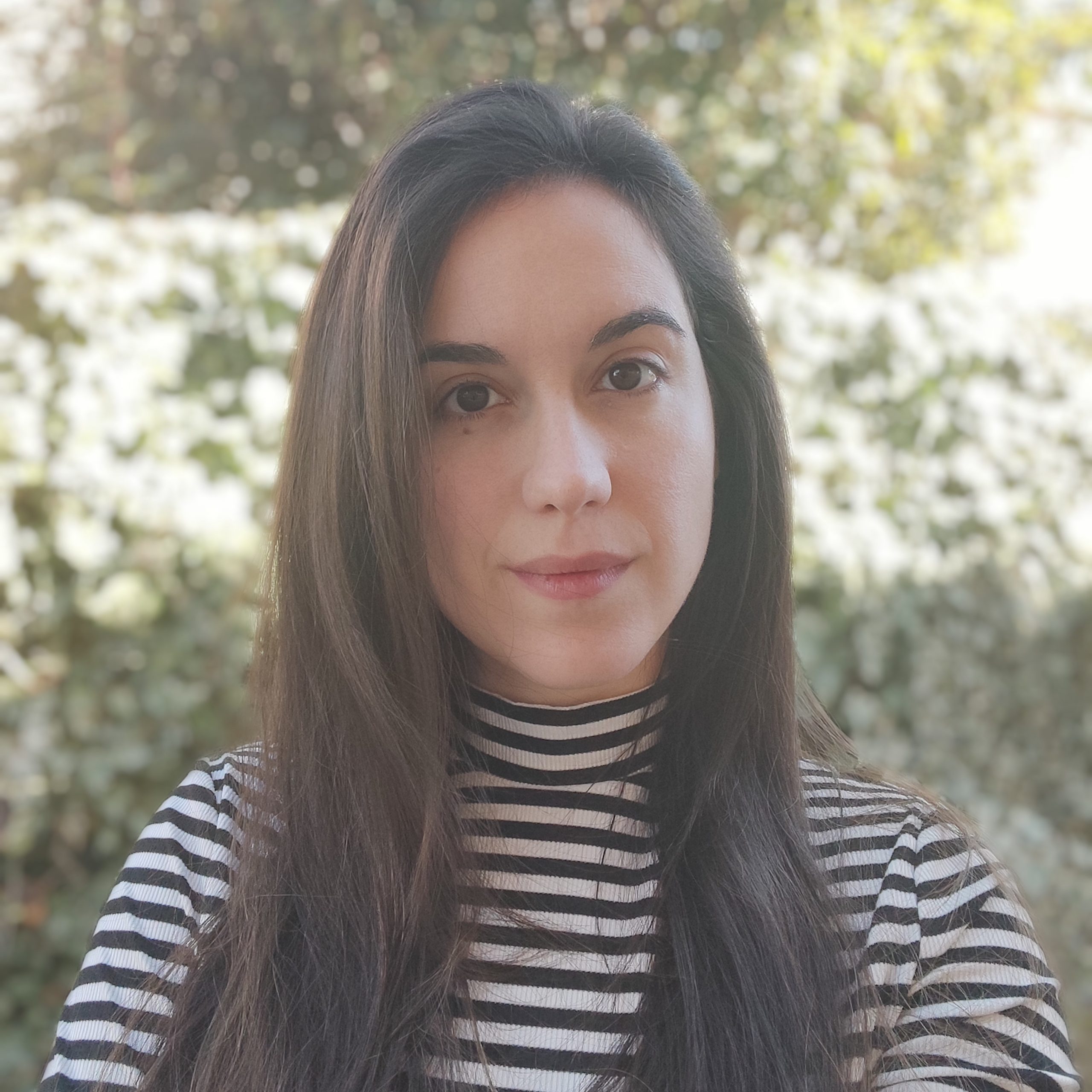Beatriz González del Río
| AREA | RESEARCH GROUP | INSTITUTE |
|---|---|---|
| Atomic, Molecular and Nuclear Physics | Nanometric Properties of Matter |
I graduated in Physics in 2011 from the University of Valladolid and later joined the Nanometric Properties of Matter group to pursue the interuniversity master's degree in Nanoscience and Molecular Nanotechnology. In 2013 I started my PhD focused on the study of liquid metals by means of atomic simulation techniques using quantum mechanics theories. Simultaneously, I carried out several research stays at Princeton University (USA).
After obtaining my PhD with international mention from the University of Valladolid in 2017, I joined Professor Emily Carter's group at Princeton University (USA) as a postdoctoral researcher. During this first stage, I developed new methods for obtaining local pseudopotentials using genetic algorithms and studied the properties of certain liquid metals of interest in nuclear fusion reactors.
In 2019, I started a second postdoctoral stay in Professor Rampi Ramprasad's group at the Georgia Institute of Technology (USA), with the aim of developing neural networks to teach quantum mechanics to computers and to predict the electronic structure of large-scale materials in record time.
In January 2022 I joined the Department of Theoretical, Atomic and Optical Physics at the University of Valladolid with a María Zambrano contract. My goal is the development of neural networks and the use of artificial intelligence to study the electronic, structural and dynamic properties of liquid and amorphous metals, with applications in biotechnology, metallurgy and nuclear fusion.
Atomistic simulation makes it possible to study any material under extreme conditions, in some cases impossible to achieve in a laboratory. Moreover, access to atomic behaviour allows us to understand the origin of many of the properties of a material. However, in order to have a correct description of atomic interactions, it is necessary to resort to quantum mechanics. This quantum approach requires very long and complex calculations, which greatly limits both the size of the systems to be studied and the simulation time.
Deep learning and artificial intelligence have revolutionised areas such as image recognition, bioinformatics and medicine, among many others. The possibility of reducing any problem by replacing it with algorithms that learn the complex relationships between input and output information has boosted its use in almost all fields of research. The use of Deep Learning in Materials Science makes it possible to eliminate the size and time restrictions associated with the use of quantum theories in the study of electronic and atomic properties, preserving both the type of information and its accuracy.
My study is based on the development of Deep Learning models for the prediction of electronic, structural and dynamic properties of liquid and amorphous metals under extreme environmental conditions, as well as their interaction with other types of solid materials. In addition, the information contained in neural networks allows the development of new materials with specific properties.
My vision is that, thanks to the combination of Deep Learning techniques, artificial intelligence and atomic simulation, it will be possible to provide answers to current problems in the search for sustainable energies and materials that will allow the technological development of society without exhausting the natural resources of our planet.


